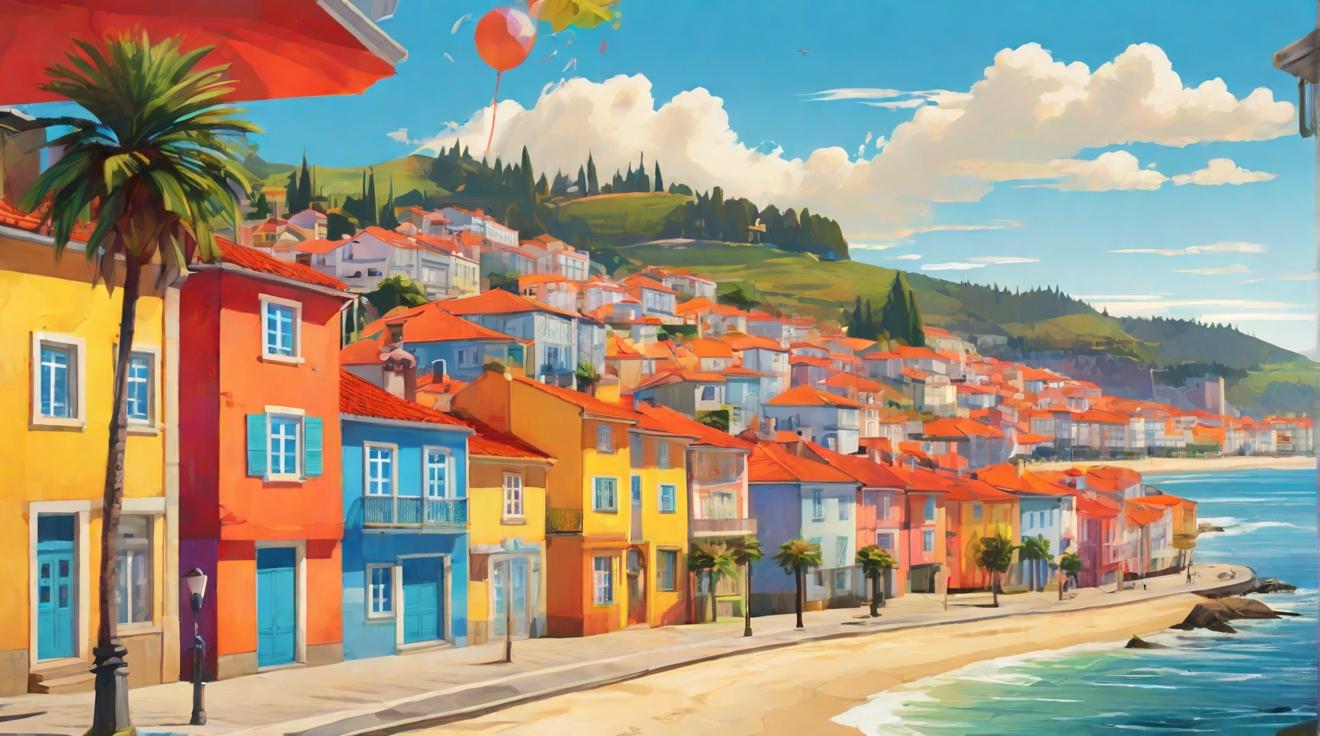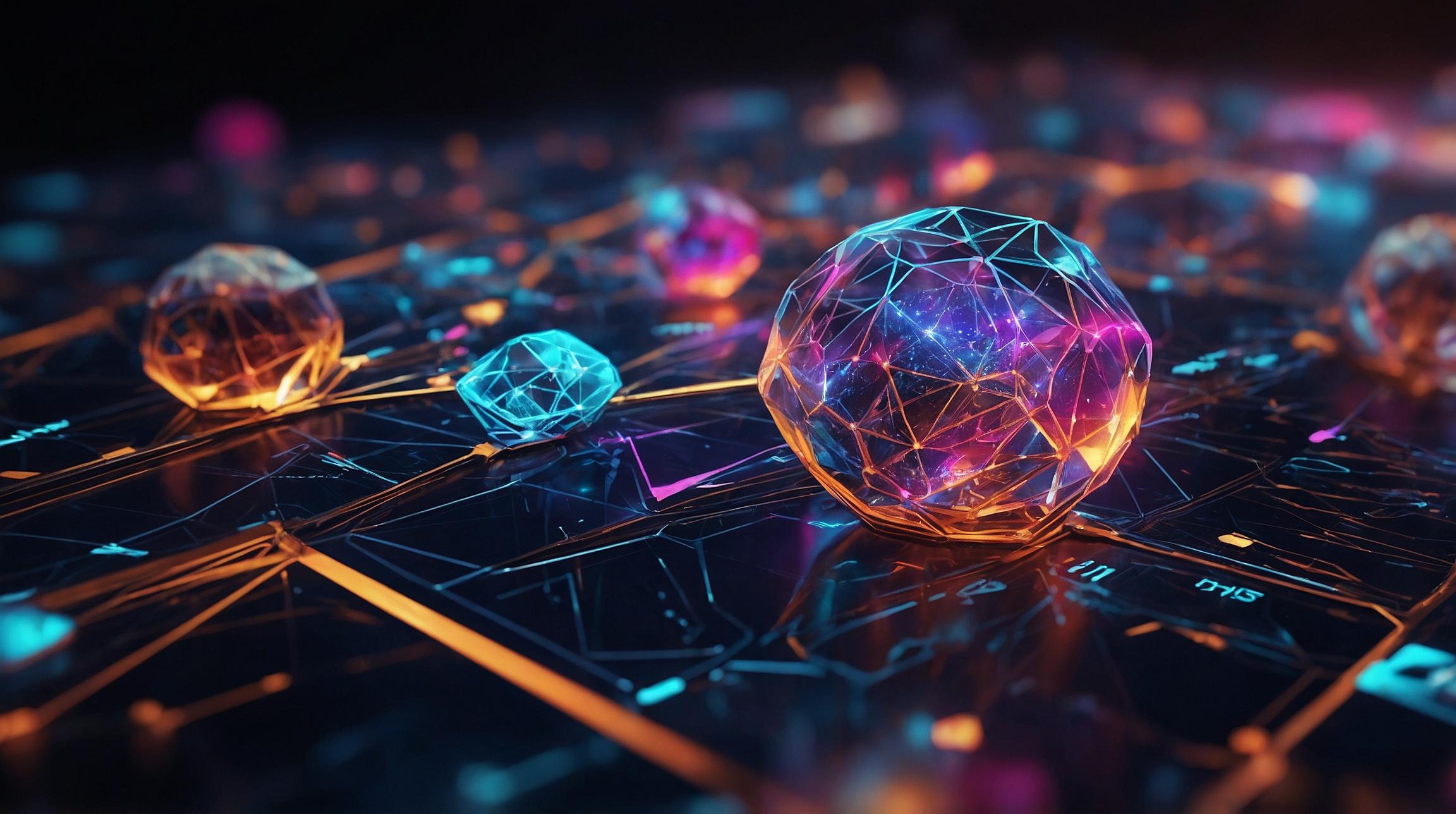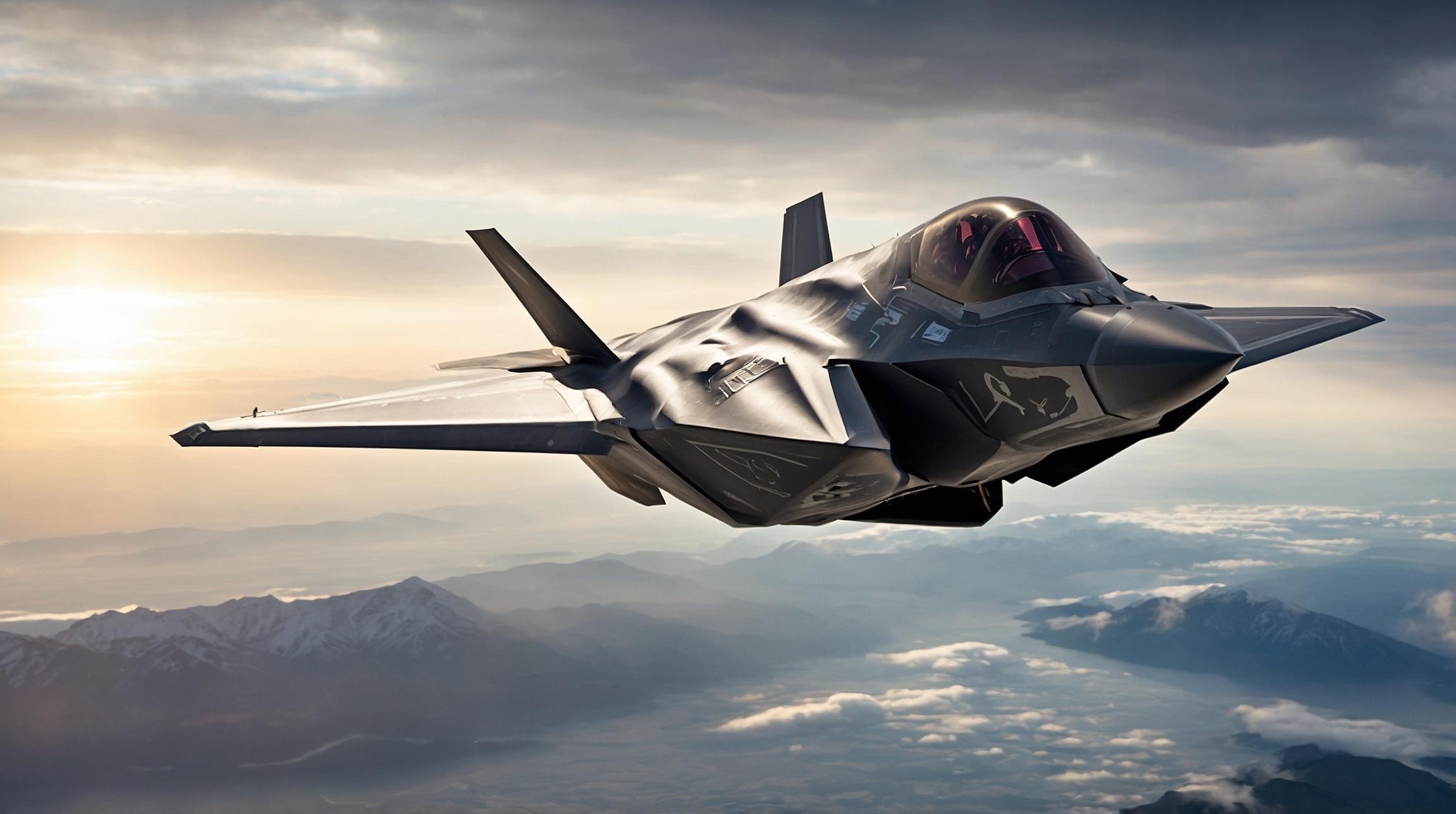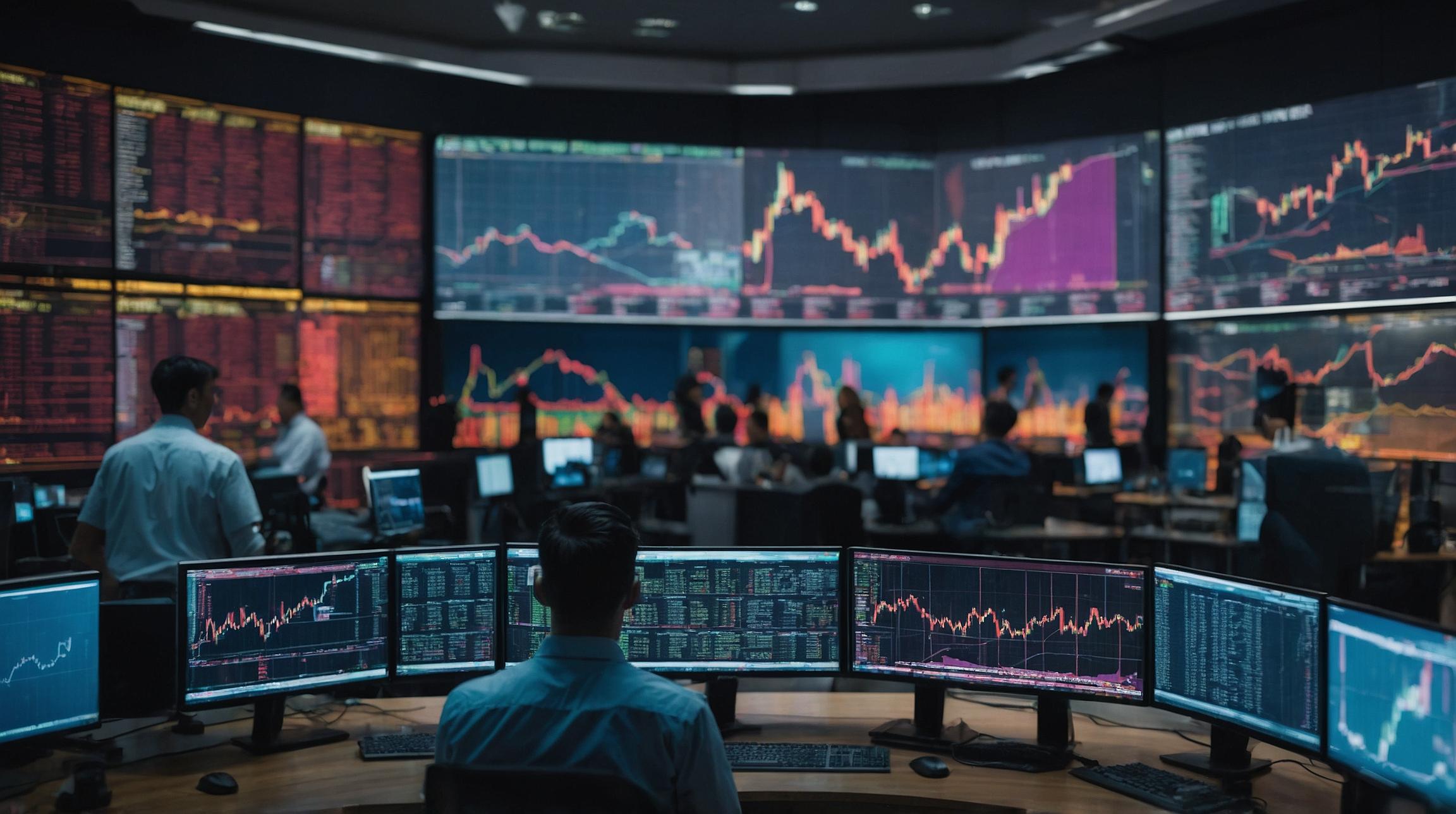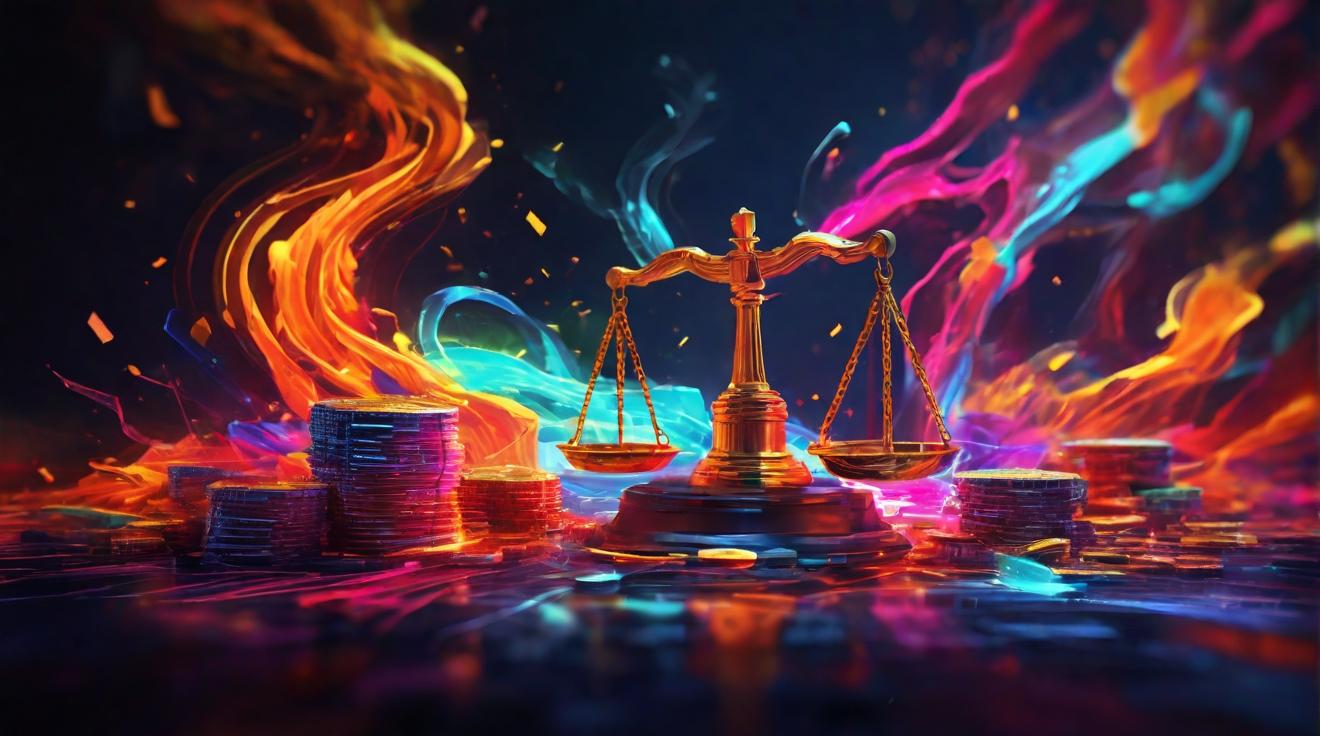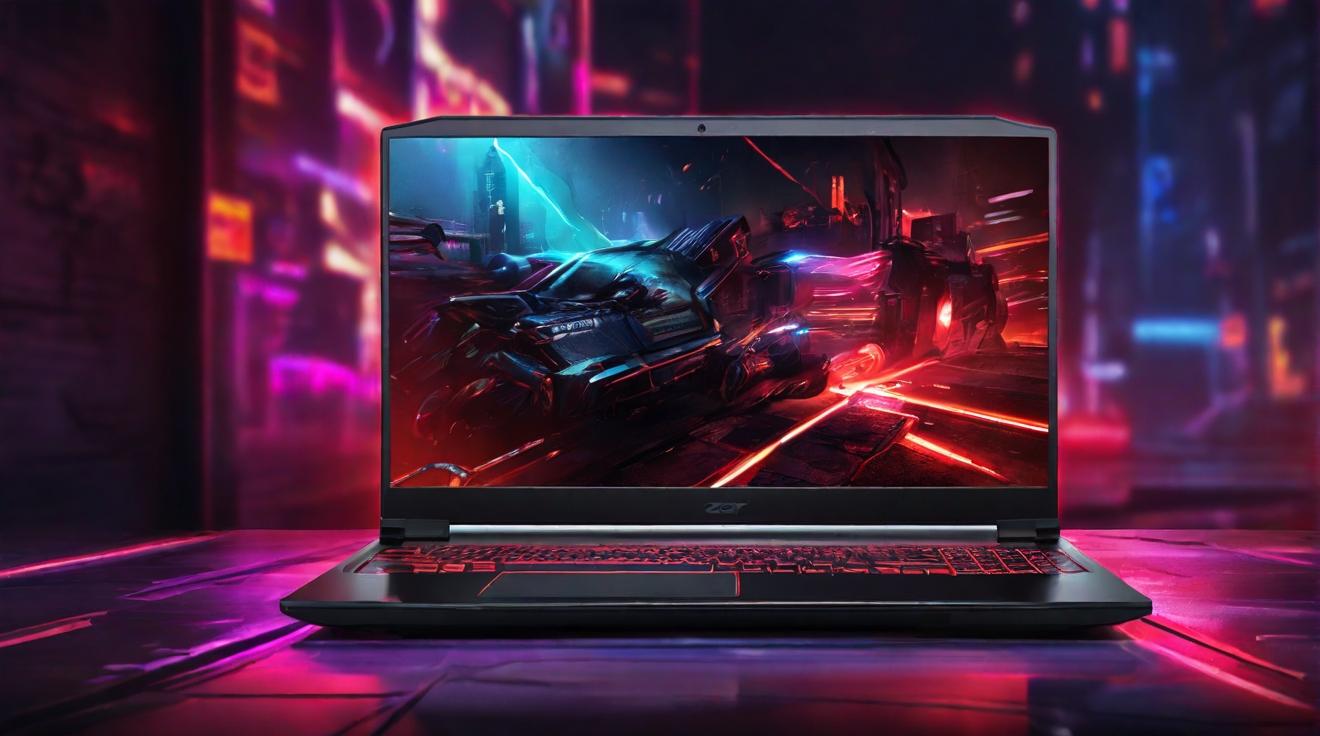Exploring the Public Domain: Steamboat Willie’s Copyright Impact
At the start of every year, a crop of cultural works enters the public domain in the United States. When copyright expires on particularly beloved characters, people get excited. This is an especially eagerly anticipated year. An early version of Mickey Mouse, colloquially known as Steamboat Willie, entered public domain in 2024 after nearly a century of rigorously enforced copyright protection.
The Controversial Artwork: AI-Generated Steamboat Willie Goes Viral
Within days, an explosion of homebrewed Steamboat Willie art hit the internet, including a horror movie trailer, a meme coin—and, of course, a glut of AI-generated Willies. Some are G-rated. Others, like “Creamboat Willie,” are decidedly not. (Willie doing drugs is another popular theme.)
While a contingent of the people sharing naughty Willie images are simply goofing around, others had surprisingly sober-minded intentions. Neville, an art director who posted his image on social media using the handle “Olivia Mutant-John,” has a lively sense of humor, but his experiment wasn’t solely a scatalogical joke. “My interest in generating the assets was to explore copyright thresholds and where the tools are currently,” he says.
From G-Rated to Explicit: The Varied World of AI-Generated Willies
Neville isn’t the only person conducting AI Willie experiments with copyright on his mind. Pierre-Carl Langlais, head of research at the AI data research firm OpSci, created a fine-tuned version of Stable Diffusion he called “Mickey-1928” based on 96 public domain stills of Mickey Mouse from the 1928 films Steamboat Willie, Plane Crazy, and Gallopin’ Gaucho. “It’s a political stance,” he says.
Langlais firmly believes that people should be paying closer attention to where AI tools get their training data; he’s working on several separate projects focused on creating models that train exclusively on public domain works to that end. He whipped it up in hours, because it’s essentially a filter laid atop of Stable Diffusion, not a totally custom data set. (That would be a far more labor-intensive project.)
Pushing the Boundaries: Artists Experiment with AI and Copyright
Neville had noticed that it was easy to find examples of copyrighted characters on popular image-generating tools (a point also recently made by AI scientist Gary Marcus, who posted AI-generated depictions of SpongeBob SquarePants as an example) and wanted to see how far he could push an image generator now that Steamboat Willie was in the public domain.
Neville’s experiment with generating AI assets of copyrighted characters taps into a larger conversation around copyright thresholds and the evolution of automated tools. Artists are continually pushing boundaries to test the limits of copyright law and explore new creative avenues. AI-generated art is just one of the many ways artists are leveraging technology to push these boundaries.
Taking a Political Stance: AI-Generated Mickey Mouse Raises Questions
Langlais’s creation of “Mickey-1928” aims to highlight the importance of understanding the origins and training data of AI models. By using public domain works exclusively, he hopes to draw attention to the potential dangers of AI tools relying on copyrighted materials without proper permissions or licensing. This political stance raises important questions about the responsibilities of AI developers and the implications of copyright law in the digital age.
As the world of AI-generated art continues to expand, the copyright implications and ethical considerations surrounding it will continue to be debated. The public domain entry of Steamboat Willie has sparked a wave of creativity and experimentation, showcasing both the playful and provocative potentials of AI-generated artwork. It remains to be seen how artists, AI developers, and copyright holders will navigate this evolving landscape and find a balance between innovation, respect for intellectual property rights, and freedom of expression.
Analyst comment
Neutral news. In the wake of Steamboat Willie entering the public domain, there has been an explosion of AI-generated artwork featuring the beloved character. Some images are innocent, while others are explicit or controversial. This raises questions about copyright thresholds and the responsibility of AI developers. The market for AI-generated art will continue to expand, with ongoing debates about copyright implications and ethical considerations. Artists, developers, and copyright holders will need to navigate this evolving landscape with a balance between innovation and respect for intellectual property rights.







